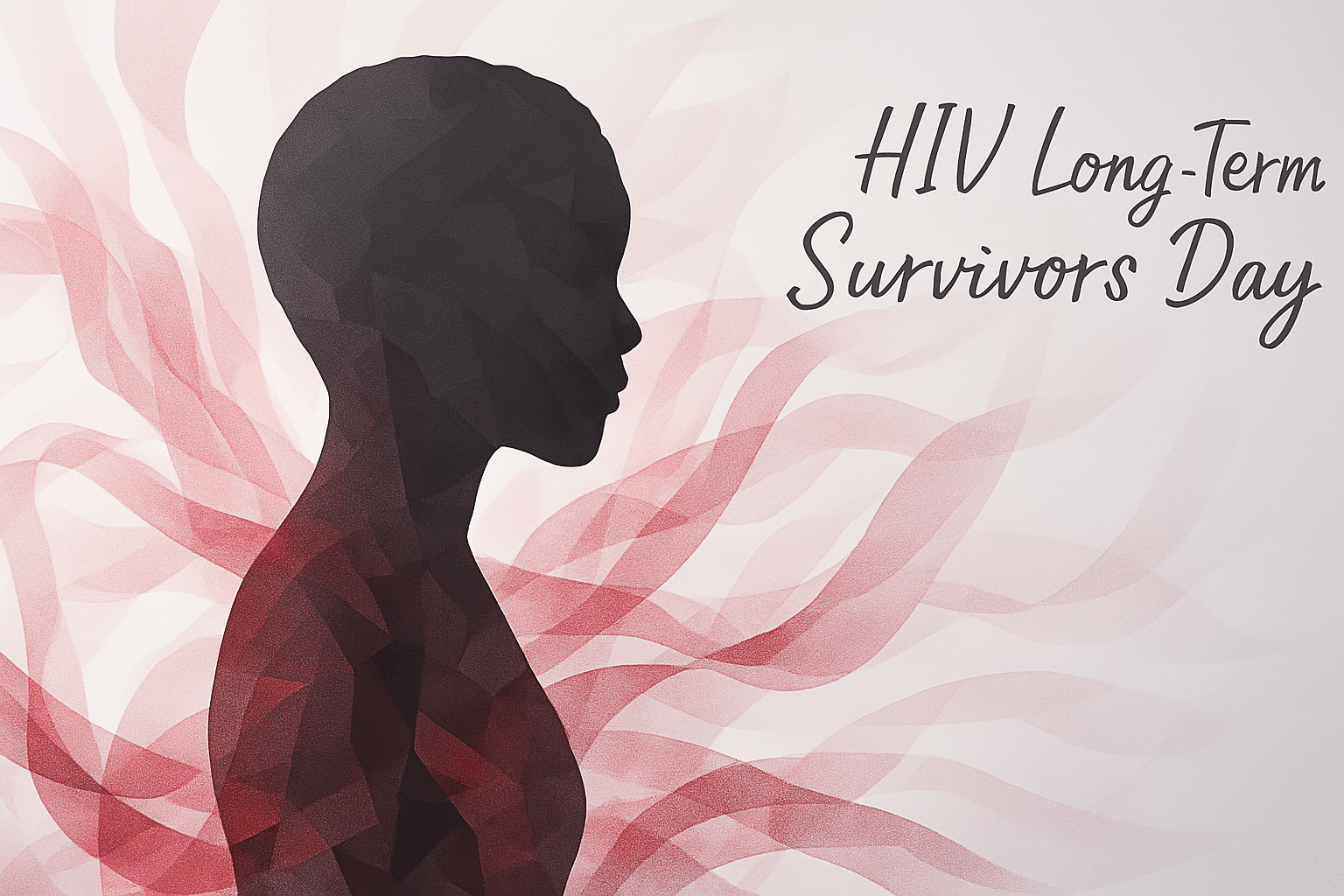What is HIV Long-Term Survivors Awareness Day?
HIV Long-Term Survivors Awareness Day is observed annually on June 5. This day recognizes individuals who have been living with HIV for a decade or longer. It acknowledges their resilience and the unique challenges they face as they age with HIV. The day also raises awareness about the evolving health needs of long-term survivors, as well as the impact of HIV treatment and care over the years. The observance aims to honor their survival and to ensure that their voices are heard in discussions about HIV care, aging, and mental health.
The date was chosen to align with the anniversary of the first official report on the AIDS epidemic in 1981, marking the beginning of the HIV/AIDS crisis. The day serves as a reminder of how far we’ve come in the fight against HIV, as well as the ongoing challenges faced by long-term survivors.
History and Origin
HIV Long-Term Survivors Awareness Day was established in 2014 to honor individuals who have lived with HIV for many years. These survivors often experienced the early years of the epidemic before antiretroviral treatments (ART) became widely available in the mid-1990s. The day is dedicated to recognizing their struggles and the medical and social issues they face. It is also a time to raise awareness about the importance of healthcare and support for aging individuals living with HIV.
The day serves to amplify the voices of long-term survivors, advocating for tailored care, better access to medical services, and improved mental health support. As the HIV-positive population ages, new challenges, such as comorbidities and the long-term effects of early HIV treatments, must be addressed.
Who participates in HIV Long-Term Survivors Awareness Day?
- Long-Term HIV Survivors: Individuals who have been living with HIV for many years participate in the day, often sharing their stories and experiences.
- Healthcare Providers: Medical professionals engage in discussions about the specific health needs of long-term survivors, offering care and support.
- Advocacy Groups: Organizations that support HIV-positive individuals and long-term survivors work to raise awareness and create programs focused on this group’s needs.
- The General Public: Awareness campaigns educate the public on the unique issues faced by long-term HIV survivors, reducing stigma and promoting empathy.
- Government and Policymakers: Governments may use this day to highlight their efforts in HIV prevention, treatment, and care for long-term survivors.
Slogans and Themes
HIV Long-Term Survivors Awareness Day focuses on resilience, survival, and the evolving needs of those living with HIV for extended periods. Some key themes and slogans include “Mobilize to Thrive: Prioritizing Quality of Life,” which emphasizes the importance of a holistic approach to healthcare for survivors. “Living with HIV, Living Strong” is another slogan that underscores the strength and resilience of long-term survivors. These slogans encourage society to focus on improving the quality of life for individuals living with HIV for many years.
Colors, Symbols, and Patterns
Colors
- Red: The color red is synonymous with HIV awareness and signifies the ongoing fight against the disease.
- Purple: Often used to represent awareness and advocacy for long-term HIV survivors, as well as their resilience.
Symbols
- The Red Ribbon: The red ribbon is the most widely recognized symbol of HIV awareness and support. It remains a key symbol for raising awareness of HIV and the fight against AIDS.
- Caring Hands: Hands symbolizing care, support, and solidarity are frequently used in campaigns for HIV survivors.
Patterns
- Circles: Circles often represent unity and community, symbolizing the importance of collective support for long-term survivors.
- Lines or Waves: These patterns evoke the passage of time and the journey many long-term survivors have experienced with HIV.
How do you celebrate HIV Long-Term Survivors Awareness Day?
- Educational Events: Host seminars, workshops, or webinars to inform the public about the unique health challenges faced by long-term HIV survivors.
- Support and Recognition: Create events that acknowledge the contributions and struggles of long-term survivors, offering them recognition and support.
- Storytelling: Encourage survivors to share their personal stories through blogs, podcasts, or public speaking engagements, helping raise awareness and reduce stigma.
- Advocacy Campaigns: Participate in campaigns that push for better healthcare policies and access to services for long-term survivors.
- Community Gatherings: Organize support groups, social events, or community dinners that provide a space for long-term survivors to connect and support each other.
Why is HIV Long-Term Survivors Awareness Day Important?
HIV Long-Term Survivors Awareness Day is important because it provides a platform for the voices of those who have lived with HIV for many years. These individuals often face unique challenges, including the physical and mental health impacts of aging with HIV, as well as the long-term effects of early HIV treatments.
The day serves to raise awareness about these issues and encourages society to focus on providing better healthcare, support, and resources for long-term survivors. It also highlights the ongoing stigma and discrimination that people living with HIV may face, even as they age. By celebrating this day, we acknowledge the strength, resilience, and importance of long-term survivors and call for continued advocacy and support.
Features
- Health
